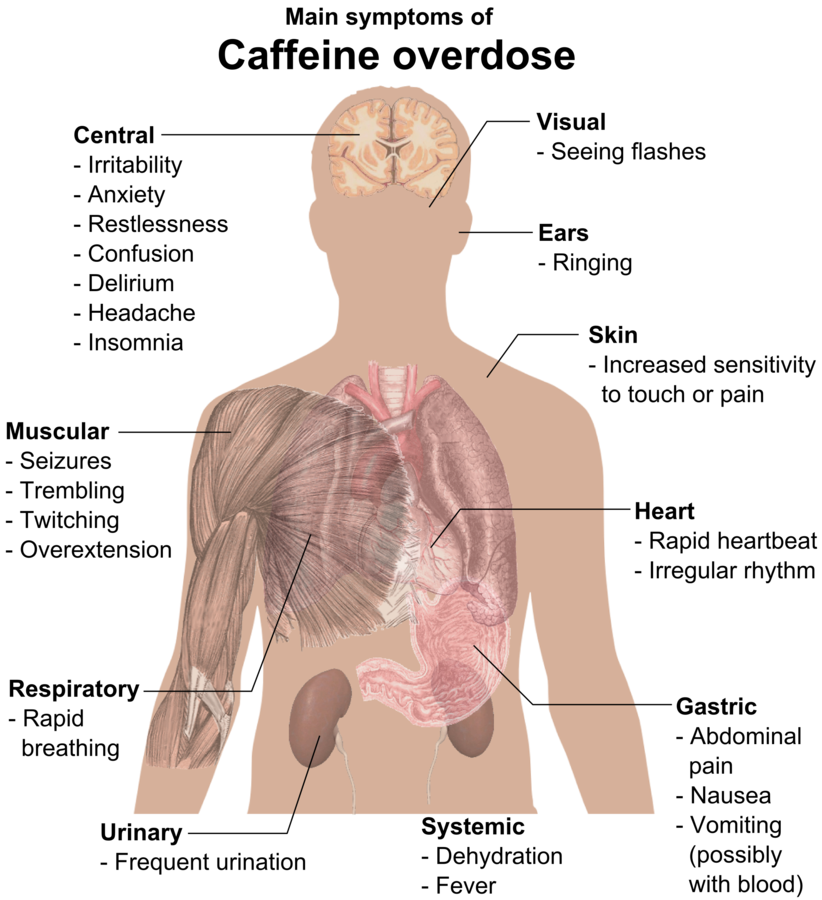Stimulants are used by the general public to increase alertness and energy, decrease fatigue Fatigue The state of weariness following a period of exertion, mental or physical, characterized by a decreased capacity for work and reduced efficiency to respond to stimuli. Fibromyalgia, and promote mental focus. Stimulants have medical uses for individuals with ADHD ADHD Attention deficit hyperactivity disorder is a neurodevelopmental disorder characterized by a pattern of inattention and/or hyperactivity-impulsivity that occurs in at least 2 different settings for more than 6 months. Although the patient has normal intelligence, the disease causes functional decline. Attention Deficit Hyperactivity Disorder and sleep Sleep A readily reversible suspension of sensorimotor interaction with the environment, usually associated with recumbency and immobility. Physiology of Sleep disorders, and are also used in combination with analgesics in pain Pain An unpleasant sensation induced by noxious stimuli which are detected by nerve endings of nociceptive neurons. Pain: Types and Pathways management. Stimulants are used in beverages and as over-the-counter medications, prescription medications, and drugs of abuse. Caffeine and nicotine are commonly used psychostimulants. Amphetamines are used in a clinical setting for specific indications, but are more often used illegally as drugs of abuse along with cocaine Cocaine An alkaloid ester extracted from the leaves of plants including coca. It is a local anesthetic and vasoconstrictor and is clinically used for that purpose, particularly in the eye, ear, nose, and throat. It also has powerful central nervous system effects similar to the amphetamines and is a drug of abuse. Cocaine, like amphetamines, acts by multiple mechanisms on brain catecholaminergic neurons; the mechanism of its reinforcing effects is thought to involve inhibition of dopamine uptake. Local Anesthetics. Each agent has its idiosyncrasies with respect to effects, withdrawal, and overdose.
Last updated: Mar 29, 2023

Main symptoms of caffeine overdose
Image: “Main symptoms of caffeine overdose” by Mikael Häggström. License: Public DomainSmoking-cessation therapy (nicotine patch Patch Nonpalpable lesion > 1 cm in diameter Generalized and Localized Rashes, gum, nasal spray, or inhaler)